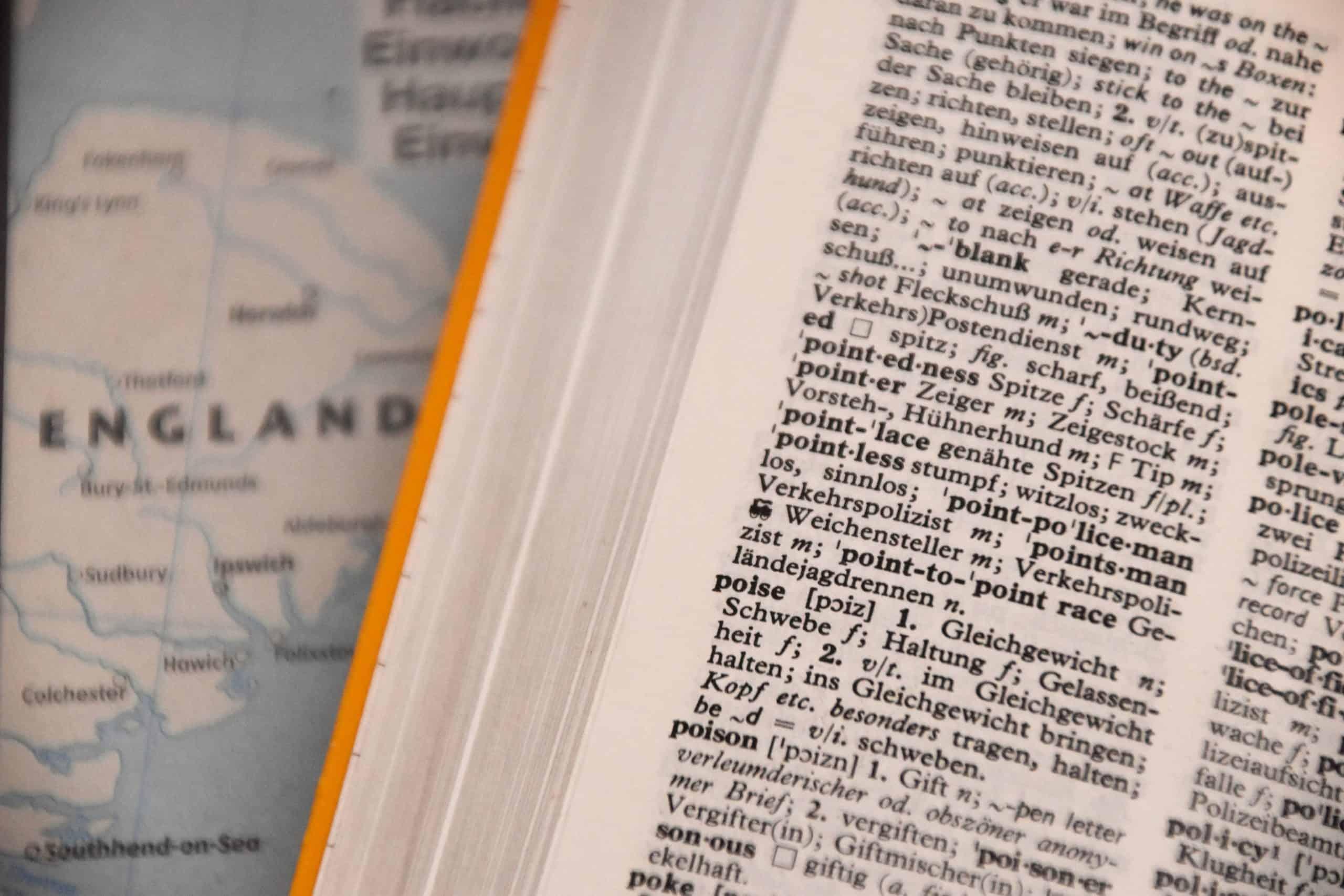A letter in English can have many different pronunciations. For example, the “c” in “city” has the “s” sound, while the “c” in “car” pronounces “k” “. This makes it difficult for English learners to master pronunciation. This is why we are often encouraged to learn IPA, the famous International Phonetic Alphabet.
According to Wikipedia, IPA is “an alphabetic system of phonetic notation based primarily on the Latin script.” The IPA system was originally created to replace existing individual phonetic transcription systems with only ONE coherent and simple system that can be useful anywhere in the world.
Nowadays, IPA has become the main transliteration method used in many bilingual dictionaries for non-English languages like French, German, and even figurative languages like Chinese.

However, you may notice that the actual IPA transcription may differ a bit across dictionaries or languages. If you look up a word in 2 dictionaries, you can sometimes see a difference in phonetic notation between them. This is very common, and there are many reasons to explain this phenomenon.
Why does IPA seem different in some dictionaries?
Firstly, it may be due to the habit of using the IPA notation.
In English, it happens that each book publisher uses the IPA notation system with some difference. For example, the word “dress” in the Cambridge and Oxford English-English dictionary is: dres and in Dictionary.com’s dictionary (US) is: drɛs
The second and biggest reason is the regional differences, where each country or region has a different way of pronouncing a word. For example, the word “advertisement” in British English reads: /ədˈvɜː.tɪs.mənt/ , and in English – US reads as /æd.vɝːˈtaɪz.mənt/ . Notice that stress is also different.

Or the word “mobile” in British English is /’moʊ baɪl/, and in American English is /ˈmoʊ.bəl/

Remember that English is also a global language, and there are many other local accents of English besides British and American English, such as British Indian, or Singlish (Singapore-style English).
This is the reason why even when you have got a good grip of the IPA, there’s still a chance that you don’t understand anything you hear. This is especially true if you work in a multinational company, where your colleagues often come from different backgrounds and bring their special accents with them to work.
How should I learn IPA then?
What you need to do is…
Don’t worry too much about IPA! You need it to learn how most of your English vocabulary should be pronounced, it’s true. But that’s it. No matter how you try to master it, as I said, you will come across a lot of different accents as you grow out of your English textbooks and dictionaries and start to use English in real life. Accents are what make languages beautiful in the end, isn’t it?
IPA is still very useful for learning English-British or American-English, the two most common accents. So, choose an accent you want to follow and look up pronunciation in the equivalent style of IPA. A good way to practice proper pronunciation is to listen to English videos and audios in your chosen accent. Good pronunciation and listening skills will help you navigate through 70% of the daily conversations.

If you find pronunciation differences between dictionaries, choose the dictionary you trust the most. The best dictionary should come from well-known dictionary publishers (like Oxford). Make sure you know which accent is the dictionary’s IPA system is based on (e.g: British English). You can also watch some good old movies and try to imitate what the actors say as much as possible.
Once you have an average pronunciation skill (in standard American or British accent), you can open up your ears to audios in Singlish or Indian English. You can research some famous speakers from India, Singapore, and China (Jack Ma) and listen to their speeches. This way, you will both get used to their native English accent and also learn useful knowledge from them.
Conclusion
I hope that after reading this post, you will understand why IPA looks different in some dictionaries and feel more confident practicing your pronunciation and listening skills.
I also suggest you install eJOY extension for free. It is a Chrome extension that allows you to look up and listen to the pronunciation of any word on web texts and video subtitles. It provides both British and American pronunciation, and you can switch from one to another whenever you feel like it. Not only that, it works on YouTube, Netflix, Ted.com, Coursera, Khan Academy,… and many more websites. Click this button below to DOWNLOAD eJOY EXTENSION FOR FREE! 👇















